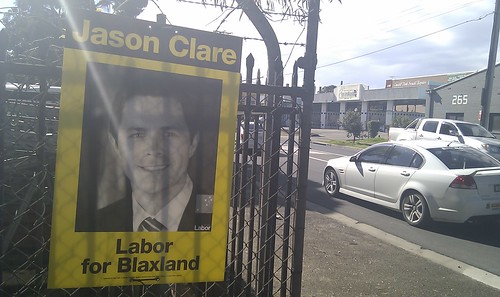The bold plan to get more than half of Australia’s young people a university education
Jason Clare #JasonClare

Key Points
A bold plan to boost university numbers and support Australia’s economic future has been welcomed as a much-needed change to tertiary education.A year in the making, the Universities Accord lays out a decades-long blueprint for the role played by higher education in meeting the demand for skills.
At least 80 per cent of the workforce should have a vocational education and training (VET) or university qualification by 2050, up from the current 60 per cent.
To achieve this, enrolments must include students with under-represented backgrounds including people from outer suburbs, the regions, and lower socio-economic and Indigenous communities.Other targets include boosting to 55 per cent the proportion of university-educated Australians aged between 25 to 34, up from 45 per cent, while increasing the vocational qualifications of that cohort to 40 per cent.
But it will be not easy, the report says, and “can only be achieved by making the higher education system far more equitable”.
Education Minister Jason Clare released the Universities Accord final report in western Sydney on Sunday.”We’ve got to do this, otherwise we’ve got an economy with a handbrake on,” he told the ABC’s Insiders program.
“We’ve got to get rid of that invisible barrier that stops young people … from getting a crack at uni.”
Obstacles between VET and higher education need to be broken down to ensure a more seamless tertiary education system, the accord says.
It also recommends additional Commonwealth-supported medical places in regional universities and for all First Nations students.
There should also be increased job opportunities in relevant areas of study, including through a “jobs broker”.”I’ve spoken to teaching students and nursing students who’ve told me that they can’t afford to do (unpaid practical placements),” Clare said.”They’ve done the theory but they can’t afford to do the practice, so they drop out, they end up sleeping in a car because they can’t afford to pay the rent or to pay the bills.”While Clare was enthusiastic about the accord, its 47 recommendations are still being considered by the government.
Alec Cameron, vice-chancellor and president at RMIT — which maintains tertiary and vocational education sectors – says further change is needed.
“We welcome measures to widen access and participation in undergraduate education, but this alone will not address the skills crisis or help Australians remain employed,” he said.Universities Australia chair David Lloyd urged the current and future governments to stay the course outlined in the accord.”Universities are partners in our national prosperity – supplying the pipeline of skilled workers and undertaking the research Australia needs to navigate the multigenerational challenges before us,” he said.”These functions, performed for the benefit of all Australians, are becoming more important in a rapidly changing and complex strategic and economic environment.”
The Australian Academy of Science has also backed the fund, saying the plan will advance research and education.